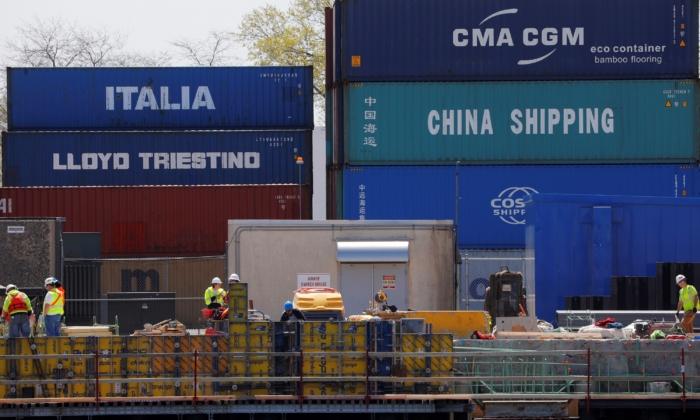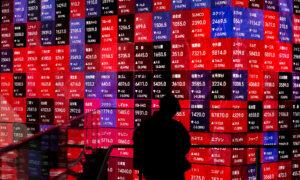
Michael Stumo, the CEO of the Coalition for a Prosperous America, is predicting U.S. markets could soon see a massive influx of cheap products produced by Chinese firms in an event similar to the “China Shock” era of the early 2000s.
“We had China shock 1.0 after China was let into the [World Trade Organization] in 2000. This is China Shock 2.0,” Mr. Stumo explained during an interview with NTD’s “Capitol Report” on Thursday.
“We’re going to have an auto apocalypse for our companies here if we don’t do something, or a solar apocalypse. We’re building solar here—all the solar tariffs—they’re just climbing right over, they’re undercutting, and they’re taking out the U.S.-based solar companies,” he said. “So it’s a real bad situation, and it’s going to get worse, and President Biden has to pay attention.”
The Chinese regime has stated its goal of growing the Chinese economy by 5 percent this year. Mr. Stumo believes limited consumer demand in China, and slowing infrastructure projects, will put heightened pressure on the country to meet these economic growth targets by expanding exports.
“They’re going to displace a ton of Western production,” the trade analyst said of the Chinese export trends.
He predicted the United States will be a prime target for these Chinese exports.
“Europe doesn’t want it. Japan doesn’t want it. The U.S. is the only country big enough and dumb enough to take it so far, mostly,” Mr. Stumo said.
President Donald Trump raised tariffs on imports from China during his presidency and these tariffs have remained intact under President Joe Biden. Still, Mr. Stumo said Chinese firms are finding ways to get around these tariffs, including by shipping their exports through other countries or establishing affiliated factories in Mexico and even in the United States.
How ‘China Shock 1.0’ Impacted The US Economy
The term “China Shock” was popularized by a 2016 research paper by economists David H. Autor, David Dorn, and Gordon H. Hanson that analyzed how U.S. and European labor markets were impacted by China’s accession to the World Trade Organization. The authors concluded that a period about 2.4 million U.S. manufacturing jobs were lost between 1999 and 2011 as a consequence of China’s entry into the WTO.Some economic analysts have offered differing views of the impact of the “China Shock” period of the 2000s, projecting U.S. job losses were fewer than the 2016 “China Shock” paper’s authors projected, and even offset by job growth on the U.S. side.
The CATO Institute authors asserted that Trump-era trade tariffs against Chinese imports didn’t reverse losses in the U.S. manufacturing sector and instead contributed to net manufacturing job losses in the United States.
The Tax Foundation, another policy think tank, also opposes using tariffs as a means to protect the U.S. economy.


No comments:
Post a Comment